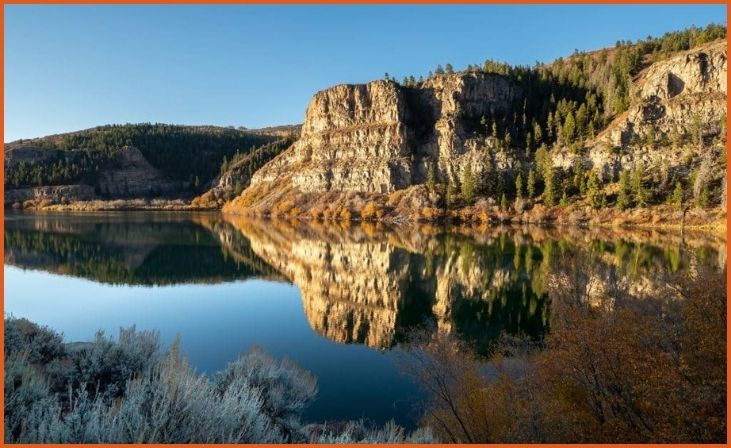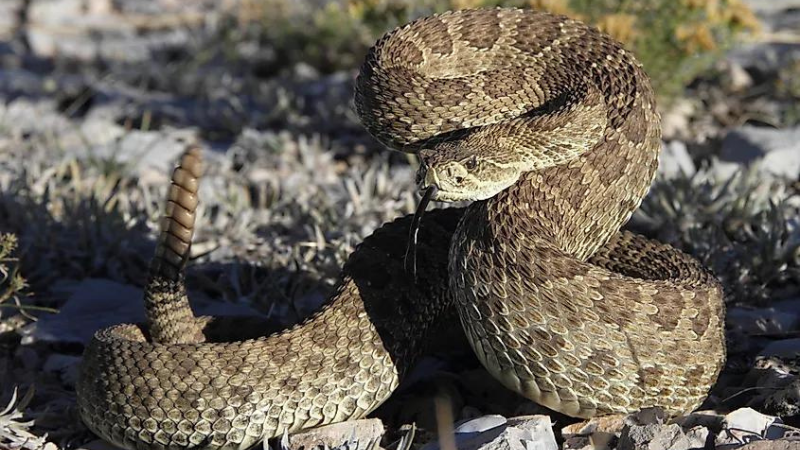Snakes are a diverse and fascinating group of reptiles, and some areas in the United States are particularly known for their high populations of these creatures. These regions offer a range of environments that cater to various snake species, making them prime locations for snake enthusiasts and researchers. Here’s a closer look at nine of the most snake-infested areas in the U.S., each with its own unique snake population and habitat.
Everglades, Florida

The Everglades are a sprawling wetland ecosystem renowned for its rich biodiversity, including a significant number of snake species. This unique environment supports a variety of snakes such as the invasive Burmese python, the venomous eastern diamondback rattlesnake, cottonmouths, and copperheads. The combination of warm temperatures, abundant water sources, and diverse vegetation creates an ideal habitat for these reptiles, allowing them to thrive in the dense, subtropical landscape.
Lake Hartwell, Georgia
Lake Hartwell, located on the border of Georgia and South Carolina, is known for its diverse snake population. While many of the snakes in this region are non-venomous, the presence of the venomous copperhead adds a layer of caution for visitors and locals. The lake’s varied environment, including its marshy shores and wooded areas, provides ample habitat for these reptiles, making it one of the more snake-infested areas in the southeastern United States.
Shawnee National Forest, Illinois
Shawnee National Forest is characterized by its diverse topography, including limestone bluffs and swamps that create a varied habitat for numerous snake species. Snakes such as cottonmouths and southern leopard frogs thrive in this environment. The forest’s combination of dense vegetation and open water sources supports a thriving snake population, with these reptiles migrating between their various habitats in search of food and suitable living conditions.
The Chihuahuan Desert, New Mexico
The Chihuahuan Desert, known for its harsh climate and rugged terrain, is home to a range of snake species well-adapted to its extreme conditions. Common species include black-tailed rattlesnakes, diamondbacks, and Mojave rattlers. The desert’s arid environment, characterized by sparse vegetation and rocky outcrops, provides the perfect conditions for these resilient reptiles, which have adapted to survive in one of the most inhospitable regions of North America.
Lake Sweetwater, Texas

Lake Sweetwater, situated just outside Sweetwater, Texas, is infamous for its significant snake population. This area is particularly notable for hosting the “World’s Largest Rattlesnake Roundup,” an event that highlights the abundance of rattlesnakes in the region. The lake’s surroundings, including its grassy plains and rocky areas, offer ideal habitats for these snakes, making Lake Sweetwater a focal point for both local residents and snake enthusiasts.
Sonoran Desert, Arizona
The Sonoran Desert, with its diverse landscapes and climates, is home to a variety of snake species. Among the snakes found here are tiger rattlesnakes, black-tailed rattlesnakes, common kingsnakes, sidewinders, Sonoran coral snakes, and Sonoran mountain kingsnakes. The desert’s unique environment, which includes sand dunes, rocky hills, and desert vegetation, provides a range of microhabitats for these snakes, allowing them to thrive in this arid region.
First Peoples Buffalo Jump State Park, Montana
First Peoples Buffalo Jump State Park, near Ulm, Montana, is known for its historical significance and its snake population. The park’s open grasslands and rocky outcrops provide habitat for prairie rattlesnakes, the only venomous snake species found in Montana. These snakes are well-adapted to the park’s environment, where they can be commonly spotted among the park’s diverse natural features.
The Grand Canyon, Arizona
The Grand Canyon is not only a geological marvel but also a home to several snake species. The diverse ecosystems within the canyon support a range of rattlesnakes, including the Mojave “Green” rattlesnake, Great Basin rattlesnake, and Grand Canyon Pink rattlesnake. The canyon’s varied elevations and habitats create a complex environment where these snakes can thrive, making it a popular area for herpetologists and nature enthusiasts alike.
Lake Seminole, Florida

Lake Seminole, located in Florida, is known for its popularity among bass fishermen and duck hunters, but it is also notable for its snake population. The lake and its surrounding areas are home to cottonmouths, rattlesnakes, and even pythons. These snakes are often found near the water’s edge, where they hunt and bask, contributing to the area’s reputation as a snake-infested location.



